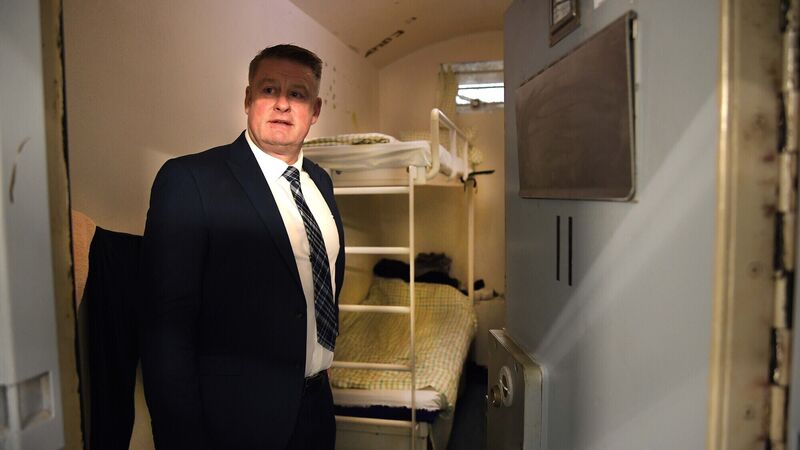People in prison are often barred from technology, leaving them without the basic tools they need to survive in the outside world. The government has pledged to expand digital in prisons, but is it moving fast enough?
David Kendall is waiting for a train when he answers my call on a rainy weekday morning. “Off anywhere nice?” I ask. He chuckles: “Just on my way to prison.” This phone call, with the sound of wind and trains rattling past and echoing out my speaker phone, is another world from the one he is about to enter. In prison, people are barred from technology and communication in the digital space.
“In the majority of prisons it’s still paper, word of mouth and hope,” Kendall says. He has spent more than two decades working on creative projects in prisons and is the founder of Penned Up, a literary festival behind bars. “Most prisons have very little. They have phones, yes, but nothing else.”
Around one in 10 people in prisons have routine access to an internet connection or a computer, according to estimates from Victoria Knight, an associate professor at De Montfort University who has researched mass communication in prisons for 20 years.









